All about the density of polyethylene

Polyethylene is produced from gaseous - under normal conditions - ethylene. PE has found application in the production of plastics and synthetic fibers. It is the main material for films, pipes and other products in which metals and wood are not required - polyethylene will perfectly replace them.
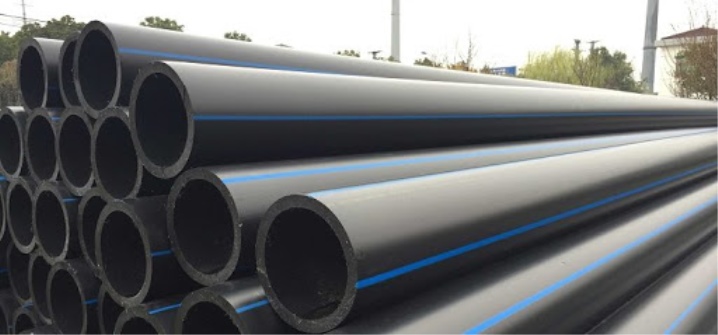
What does it depend on and what does it affect?
The density of polyethylene depends on the rate of formation of crystal lattice molecules in its structure. Depending on the method of production, when the molten polymer freshly produced from gaseous ethylene is cooled, the polymer molecules line up relative to each other in a certain sequence. Amorphous gaps are formed between the formed polyethylene crystals. With a shorter molecule length and a reduced degree of its branching, a reduced length of branching chains, polyethylene crystallization is carried out with the highest quality.
High crystallization means higher density of the polyethylene.


What is the density?
Depending on the method of production, polyethylene is produced in low, medium and high density. The second of these materials has not gained much popularity - due to characteristics that are far from the required values.

Low
Reduced density PE is a structure whose molecules have a large number of side branches. The density of the material is 916 ... 935 kg per m3. A production conveyor that uses the simplest olefin, ethylene, as a raw material, requires a pressure of at least a thousand atmospheres and a temperature of 100 ... 300 ° C. Its second name is high pressure PE. Lack of production - high energy consumption to maintain pressure of 100 ... 300 megapascals (1 atm. = 101325 Pa).
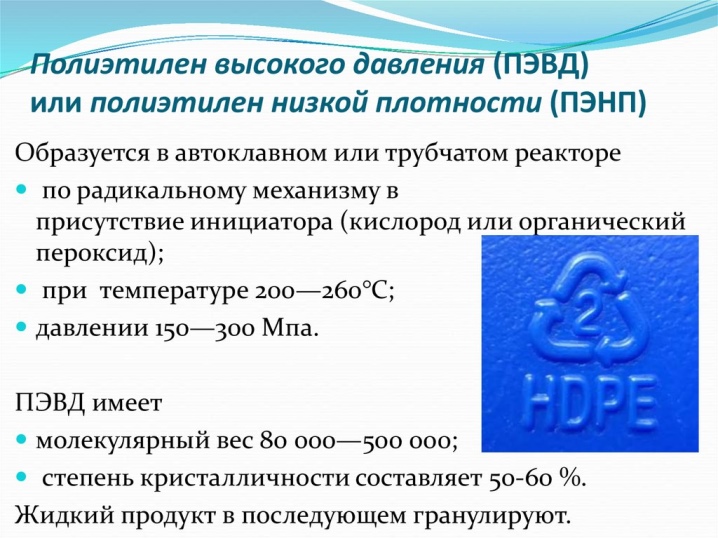
High
High density PE is a polymer with a fully linear molecule. The density of this material reaches 960 kg / m3. Requires an order of magnitude lower pressure - 0.2 ... 100 atm., The reaction proceeds in the presence of organometallic catalysts.

Which polyethylene to choose?
After a few years, this material noticeably deteriorates under the influence of heat and ultraviolet radiation in the open air. The warpage temperature is above 90 ° C. In boiling water, it softens and loses its structure, shrinks and becomes thinner in places where it stretches. Withstands sixty-degree frost.
For waterproofing, in accordance with GOST 10354-82, low density PE is taken, containing additional organic additives. According to GOST 16338-85, the high-density polymer used for waterproofing has technological stabilization (marked with the letter T in the designation) and no more than half a millimeter thick. The waterproofing material is produced in the form of a single-layer web in rolls and (semi) sleeves. The waterproofer can withstand frost up to 50 degrees and heat up to 60 degrees - due to the fact that it is thick and dense.

Food wrap and plastic bottles are made from a slightly different polymer - polyethylene terephthalate. They are safe for human health. Most types and varieties of PE are environmentally friendly and easy to process.
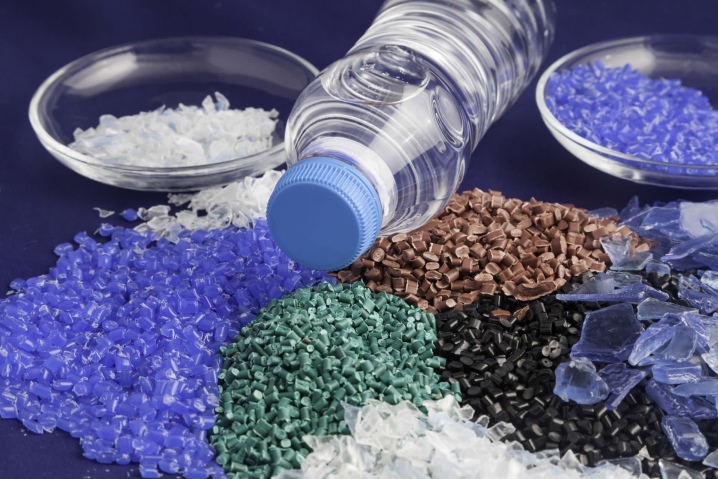
The polymer itself burns with the formation of traces of ash, spreading the smell of burnt paper. Non-recyclable PE is burned safely and efficiently in a pyrolysis oven, generating much more heat than soft and medium woods.
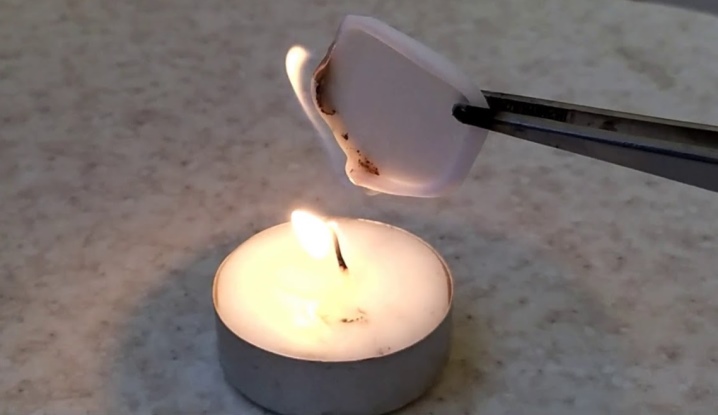
The material, being transparent, has found application as a thin plexiglass resistant to poke impacts aimed at breaking ordinary glass. Some craftsmen use the walls of plastic bottles as transparent and frosted glass. Both the film and the thick-walled PE are prone to scratching quickly, as a result of which the material quickly loses its transparency.
PE is not destroyed by bacteria - for decades. This ensures that the foundation is protected from groundwater. The concrete itself can, after pouring, fully harden in 7–25 days, without releasing the available water into the soil that is overdried during a drought.
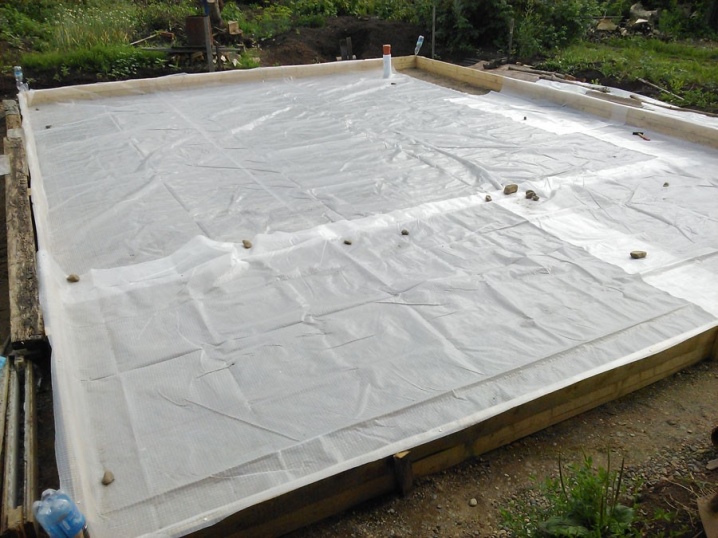













The comment was sent successfully.